A lot of people who reload have space available at their residence to dedicate to reloading, in some cases a whole room. But, there are people who lack the space required to even have a dedicated reloading bench. There are lots of shooters who live in apartments, after all. One of the big hurdles to getting into reloading for these folks is the lack of space. And a lot of people do not live next door to a rifle range where they can easily develop their loads as necessary. Wouldn’t it be nice to be able to reload at the range when testing your handloads? This article is about some solutions that would address these problems.
A little explanation of the reloading process is in order, for those of you who aren’t familiar with it. Obviously, the point of reloading is to undo what happens when a cartridge is fired. When a round is fired, the primer ignites the powder. The pressure from the burning powder expands the casing out to the chamber walls and pushes the bullet down the bore.
The process varies a little based upon what type of cartridge you are loading, and the type of dies you have. Assuming you have clean brass, the first thing you do is trim your casings to length. The next step is to lube the casings, though you can skip this step if you are loading a straight walled case and have a carbide sizing die. Then you run the casing through the sizing die, which “decaps” or removes the spent primer and resizes the case. The next step is priming the case. After that, you’re going to drop in the powder charge. Straight walled cases require the case mouth to be flared to allow the bullet to go into the case. Lastly, you seat the bullet. Obviously, this is a simplified explanation and additional steps can be needed based upon what you are doing. For example, military cases have crimped primer pockets and these must be reamed or swaged to allow the new primer to be seated.
What is required for folks lacking space is a portable reloading setup. This would be something that you can put away when you’re done, and that doesn’t take up very much space when it is put away. When I started reloading, I c-clamped a regular single-stage press to the dining room table. As you can imagine, this was not particularly popular with my wife. However, there are some other options out there, and they won’t aggravate your significant other like my early approach did.
Fortunately, there are some options for space-challenged, would-be reloaders. Lee Precision makes a couple of things that would be very suitable for a portable reloading setup. There may be other manufacturers who produce similar items, though I am not aware of any currently in production.
The Lee Loader sets are probably the simplest way to go. These are intended to be a complete kit, with tools to perform each reloading operation. These are intended to be used with a mallet. Each kit is specific to a single caliber. They do not have a scale to weigh the powder. They come with a powder scoop, and these actually are fairly accurate if you use it properly, and use a powder that gives you the charge you’re after with the size scoop you have.
I would recommend getting a scale to go with it instead. It’ll make your loader kit more versatile and a lot safer if you’re just getting started in reloading. The little bit of extra money will be worth it, and it won’t take up very much extra space. With a scale, you can effectively use whatever powder you choose, within what’s workable for your chosen caliber. This setup would be the most compact option for a basic reloading kit. Your box of crackers in the cabinet takes up more space than even a couple of these kits would.
Again, most of the Lee Loaders neck size only, which in theory makes them unsuitable if you’re trying to reload for semis-though you might be able to get away with it in some rifles. Also, they do make them in 15 of the more common calibers, but you may not be able to obtain one for your desired caliber if it’s an oddball. They have been produced in additional calibers in the past, so it might be possible to find some other caliber loaders if you check the used market.
The next step up is the Lee Hand Press. This is essentially a single stage press that doesn’t mount on a bench. It uses standard size reloading dies, which gives you a whole lot more options over the Lee Loaders. You can prime on the press with a priming attachment, or you can use a separate tool.
You’ll still need a scale to weigh your powder, of course. This setup is slightly larger than the Lee Loader. But even with the press, a scale, a separate priming tool, a set of dies, and some components, you could fit it all into a shoe box or a small fishing tackle box.
Obviously, there are some limitations with a reloading setup like this as well. Reloading larger rifle cartridges would be problematic, due to the amount of force required to resize the casings. I can say that loading .308 is pretty easy on the hand press. I would also suspect that attempting case conversions (if you are the type that does these) would probably be a bit much to take on for the same reason. Lee states the size limit for the hand press is 3.650”, which allows enough room for most calibers, but stuff like .338 Lapua Mag is going to be too long. Also, you’re clearly not going to be making ammunition at the same rate you would be with a progressive press or even a turret press. But, you can’t take those with you to the range either.
You can fit either of these setups into an outside pocket on an assault pack. From a prepping perspective, being able to reload essentially anywhere could be invaluable. Either of these will also fit very easily into your range bag. If you’re an apartment dweller, or otherwise short of space, these presses or kits would offer you the ability to reload even if you’re short of space. So whether you want a better way to do load development, the capability to reload out of your “bugout bag”, or you’re short of space but wanting to get into reloading, the Lee Loaders and the Lee Hand Press offer you some options.
To learn more, visit Lee Precision by clicking here.

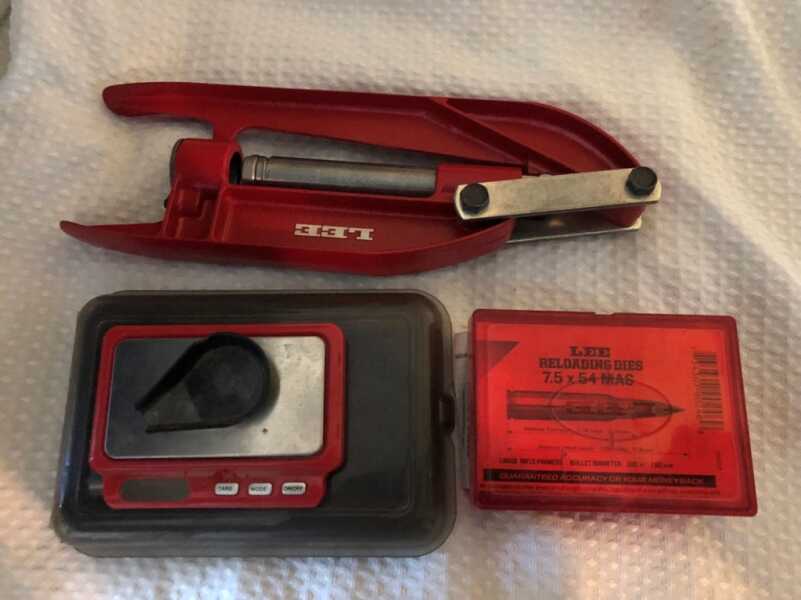


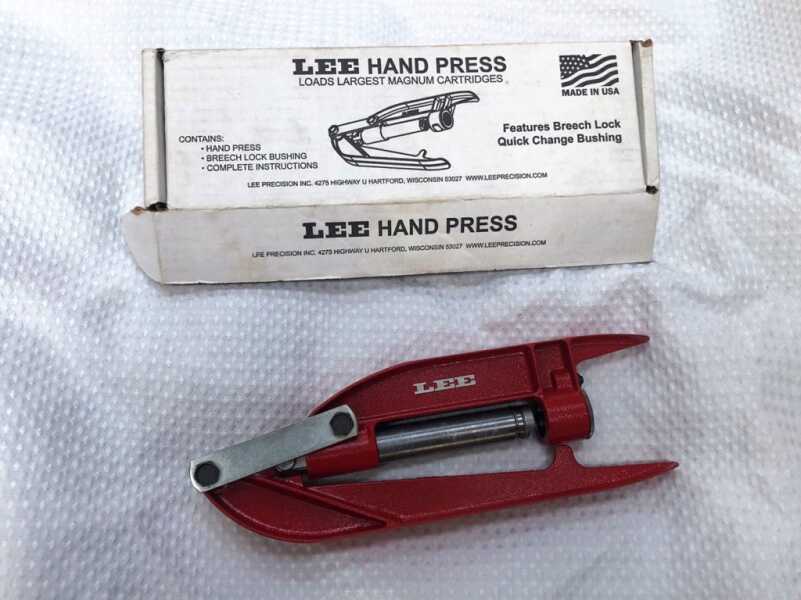
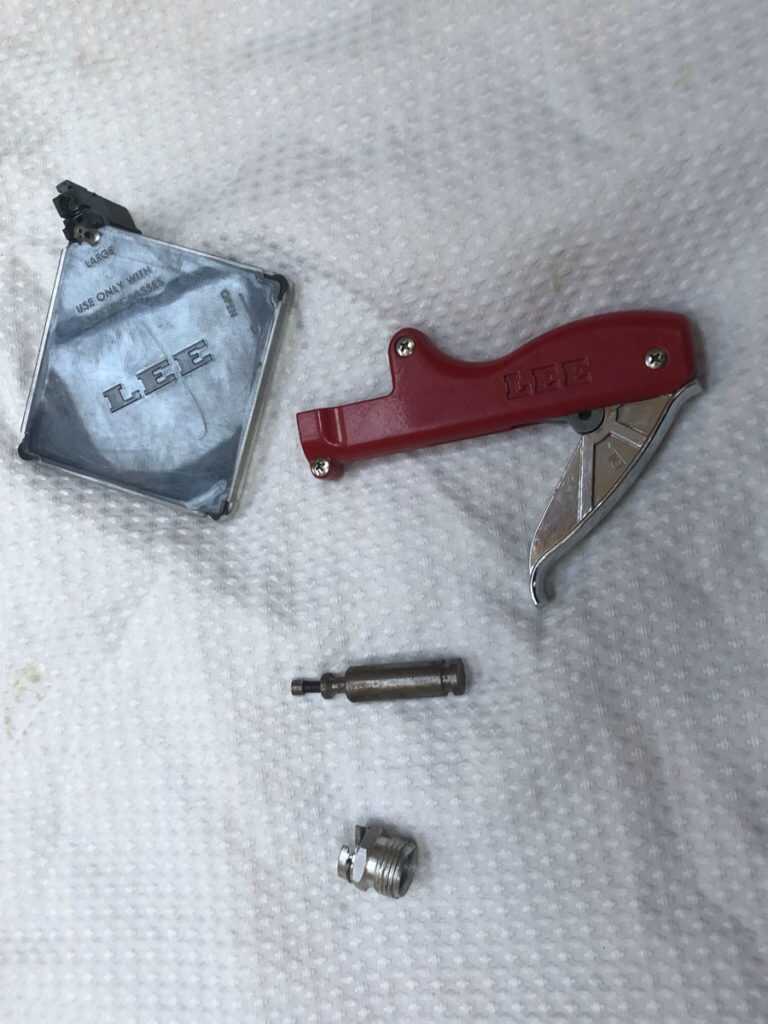

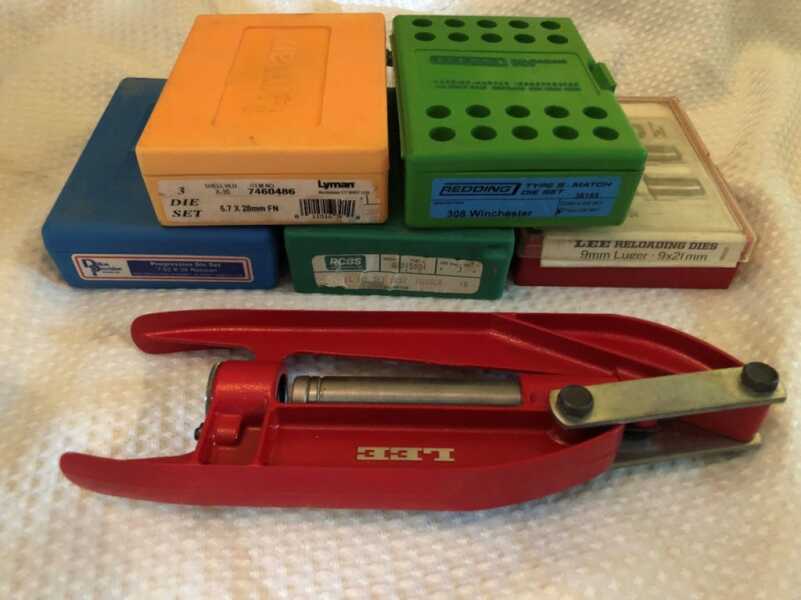
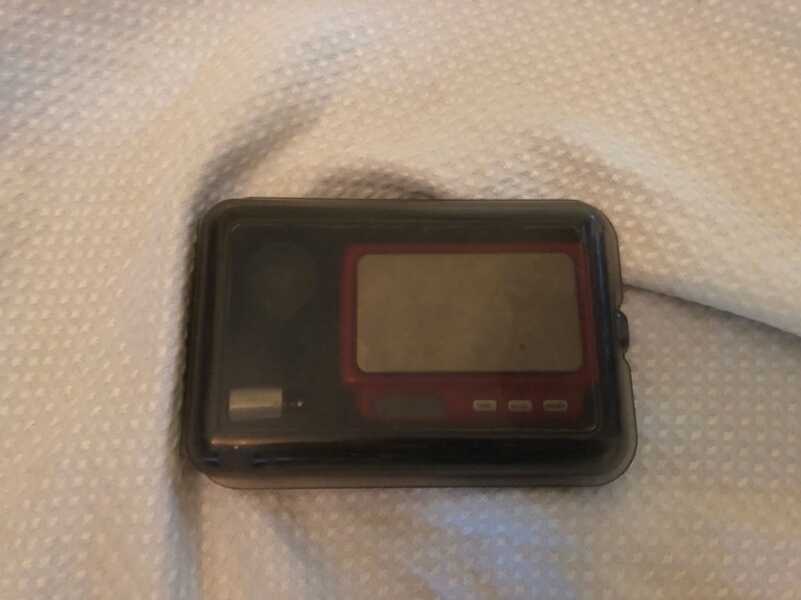
I love LEE LOADER . thirty years ago when I was young I used a LEE LOADER to reload and Kill a 4 point BULL elk.
I have the Lee hand press, purchased mainly for use in de-capping prior to cleaning, but I’ve been resizing with it lately too. After a few hundred rounds your hands may get sore!
I did a couple of modifications as soon as it arrived. One was to go over it with a fine file, getting rid of any remaining casting fins. If you don’t, you my find your hand hurting sooner.
The other was to drill out the ram. For use in de-capping, it only held a few primers. No big deal at the bench where you can dump them out each time, but a minor annoyance when you’re sitting in your recliner. Pull the ram, and run the matching sized drill bit down the existing hole as deep as you can and it will then hold ~100 large primers before needing to be dumped.
If you use the Lee Loader 1, hand loader, best check a round you have reloaded if other than one that was fired out of your chamber, as “your chamber” did the sizing thing other than the neck. Example, my sons .270 Douglas chamber will not accept a reloaded one from my HVA .270, my Rem. 742 (06) will not accept one reloaded from my fired M70 Win. case. That series of Rem’s are noted for tight chambers anyhow I believe. I had to go to small base die for it. Anyhow, I like them, collected almost everyone they have made, and my grandchildren learned to load first with them before going to the Rock Chucker’s on the bench
I use an InLineFabrication mount on my Forester Co-Ax. It’s extremely stable and portable. I do not have a dedicated reloading area and this press mount makes it very easy for me to use anywhere. InLineFabrication also makes attachments for various accessories. One is for a powder drop. It’s a really nice set up. I also have the Lee hand press. That little guy has served me very well. I have loaded 9mm up to 300 H&H Mag on it. Resizing 300 H&H was a little tough but I wore gloves and it worked just fine. I would suggest the Lee handloader for a beginner with limited space. Its extremely portable and it’s cost is minimal. Lee also offers caliber specific hand trimmers, another great value and they take up minimal space. I have a powder drop but most of the time I use one of the Lee powder dippers. This was a Great article, thank you.
Why would you want to trim the brass before resizing? I always thought full length resizing is the major cause of brass lengthing (obviously this isn’t the case if you only neck size or are using straight walled brass such as 45 acp).
Matt, You can do it either way. The more common way is to trim before sizing. However, there are a number of precision guys that don’t want anything touching the case neck inside or out after they’ve resized it. Misalignment issues, burrs inside, etc. Really depends on what you’re trying to accomplish.
I used to take my Dillon RL550B mounted to a portable stand to the range. It works nice but it is a lot of extra gear. Not to mention disconnecting and reconnecting the press to my bench at home each time.
These days, I take a bunch of brass that has already been sized and primed to the range and use the Lee hand press. It’s so much easier and is a lot less gear intensive than taking the RL550B. All I have to do is weigh a powder charge and seat the bullet. If I don’t like the way the round performs, I adjust the charge or the seating depth. That’s it.